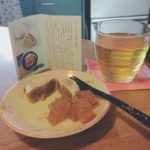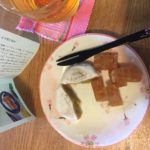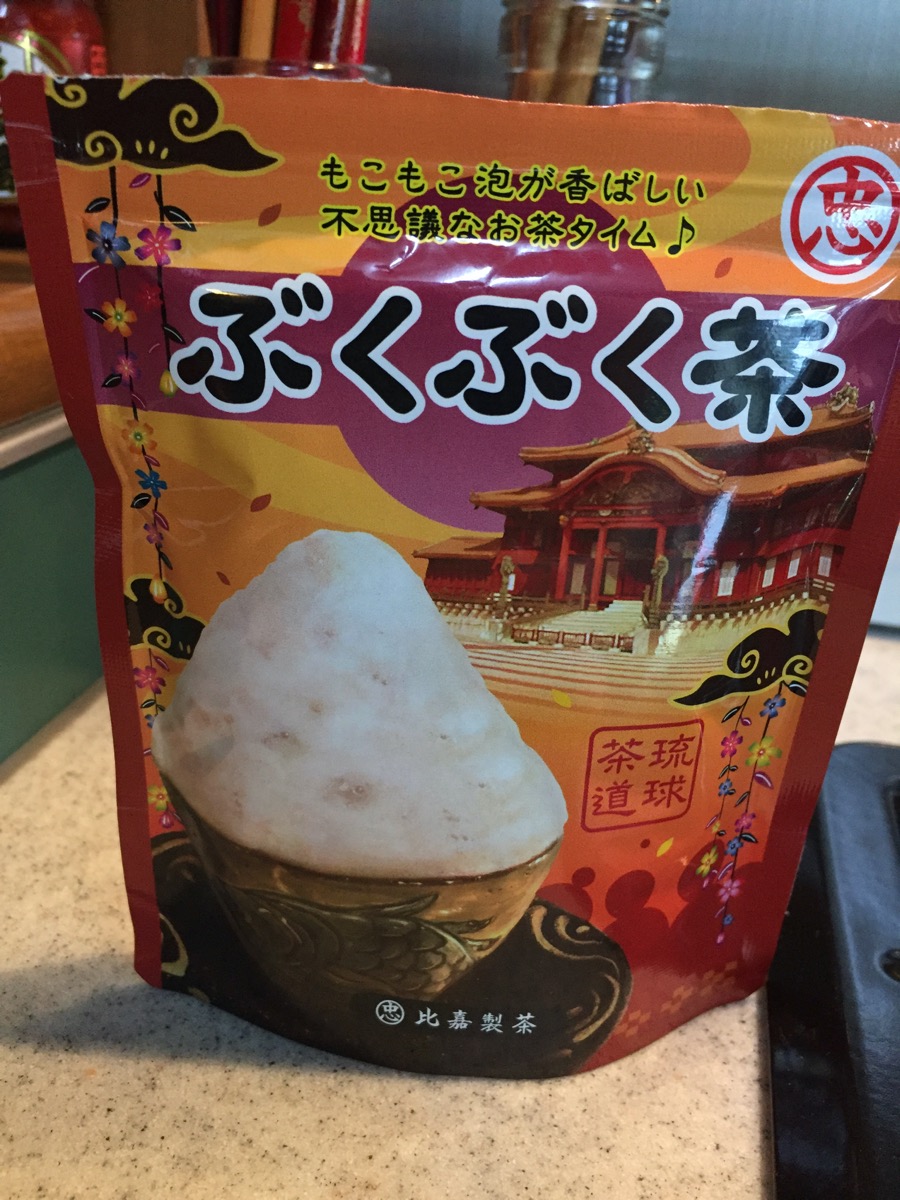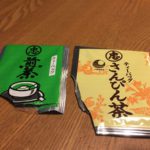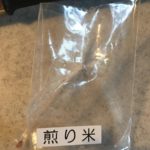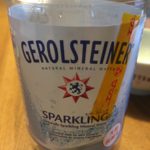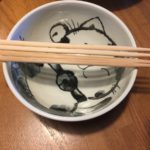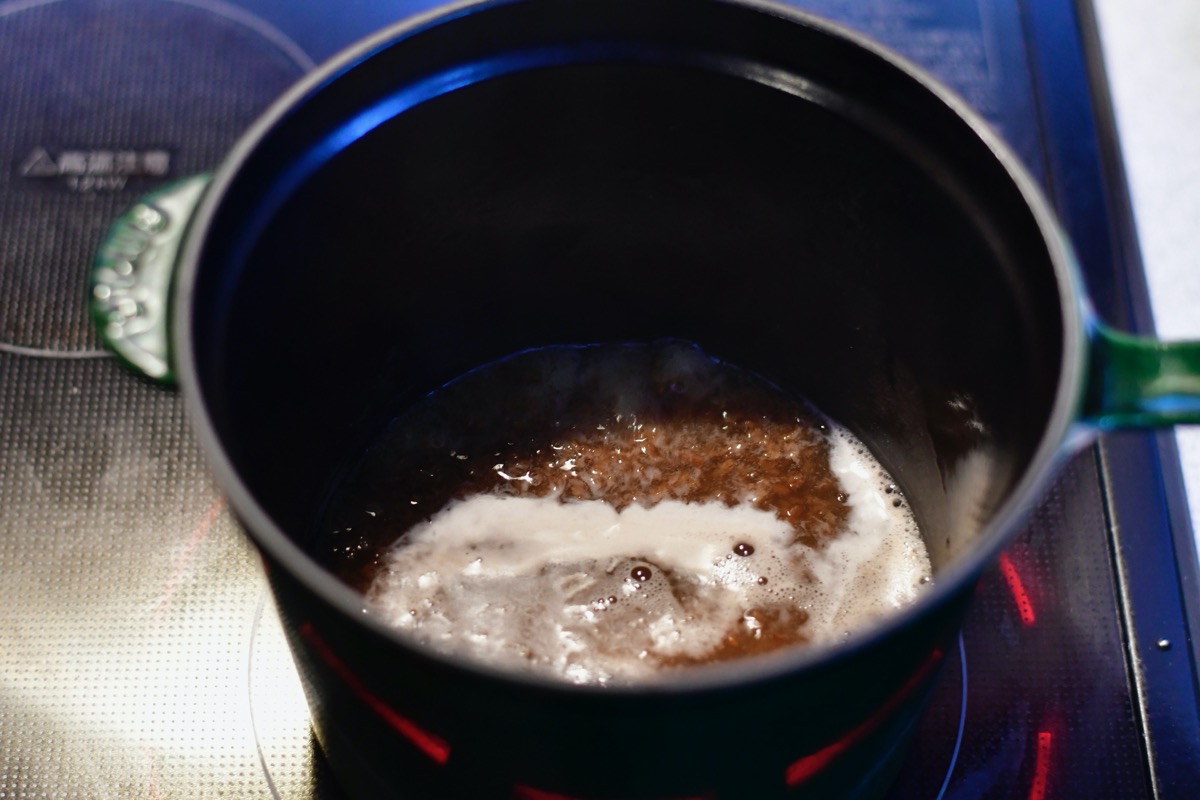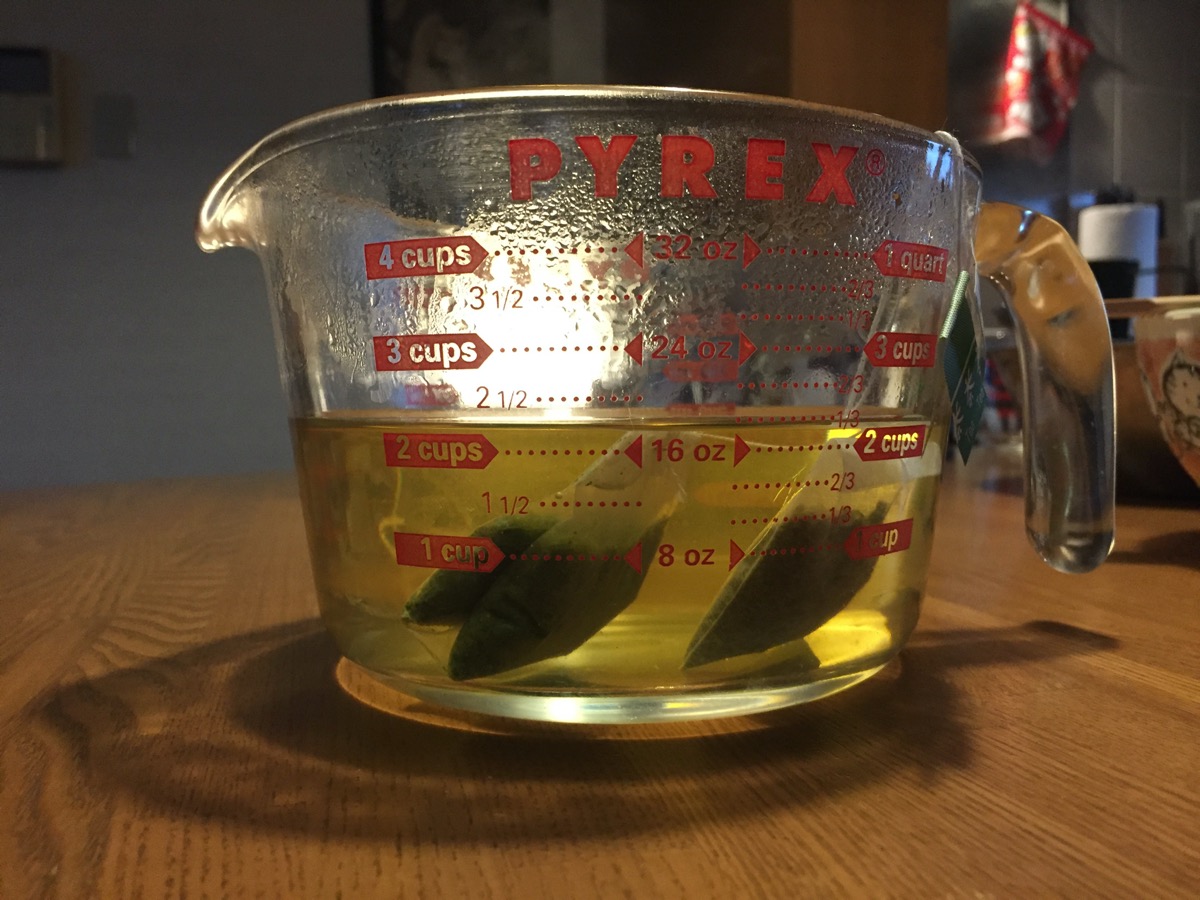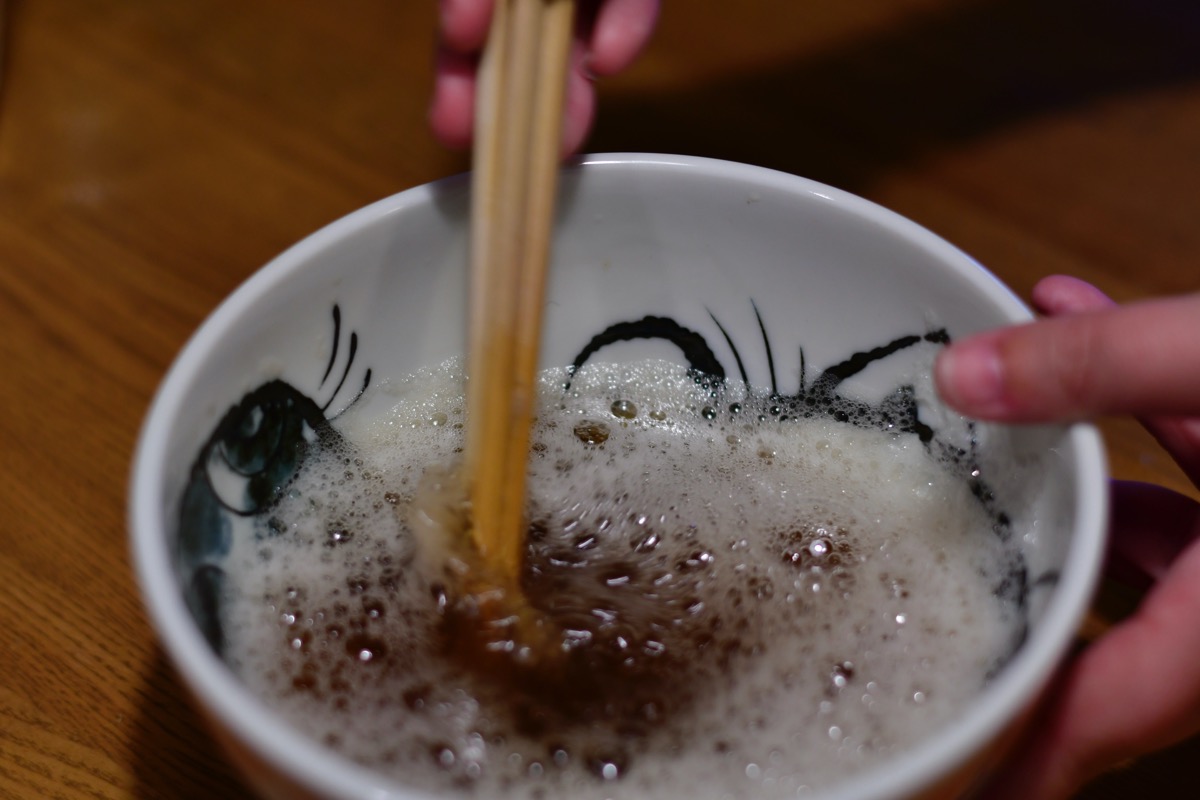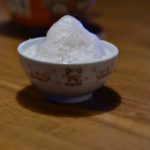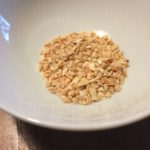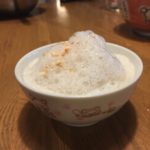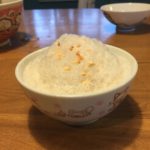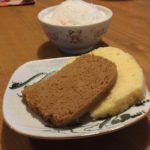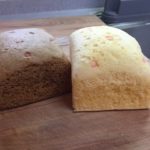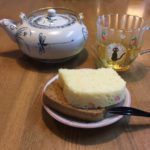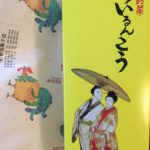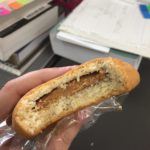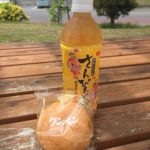I realize most foreigners are more interested in strange KitKat flavors than traditional confections, but for those who would like a true flavor of the Ryukyu Kingdom (you know, besides westernized beniimo tarts), here are some must-try places.
Ryukyu sweets are quite different from Japanese sweets, and are probably more similar to Chinese sweets since they were mostly developed to entertain the Chinese envoys when they visited the Ryukyu Royal Court. Most of these traditional confectionaries are centered around Shuri and Naha.
- Jahana Kippan: The Jahana family has been creating 2 types of traditional sweets for a long time; tougatsuke and kippan. These are exquisite and I cannot recommend them enough.
- Arakaki Kami, Arakaki Honpo and Arakaki Honke: these 3 shops are all descendants of the same ancestor, hence their similarities. But they are all 3 slightly different, so it is worth a look to check them out. They carry chiinsukou and chiirunkou, and I know Honke carries hanaborou, senjukou, and tauchiichau (described in a previous post here).
- Matsuhara Shop, located inside Makishi Market: You can try a lot of interesting things here at this shop, from sata andagi to muuchii, and even things like machikaji and kunpen. The sata andagi comes in many flavors, like brown sugar, beniimo, and more.
- Zaha Confection Shop: I have made several small purchases here. It is a bit of an odd mix of western style alongside some traditional Ryukyu items.
And of course, no trip to Okinawa would be complete without trying bukubuku-cha, tea of the Ryukyu royal court. Most places serve the tea with small traditional Ryukyu accompaniments, such as chinsukou, kunpen, kuzu mochi, etc.
Some of the more common confections such as chinsukou can be purchased in regular omiyage shops, airport stores, and grocery stores– but for something special (and possibly quite unique) I recommend you check out some of the places listed above.
address:
- Jahana Kippan: https://goo.gl/maps/vhUKgGsApJu
- Arakaki Honke: https://goo.gl/maps/kcFvzXA6BvQ2
- Arakaki Honpo (multiple locations, this is one is on Kokusai-dori): https://goo.gl/maps/hcwT4fMGPrw
- Arakaki Kami: https://goo.gl/maps/BgVJvnYJj3S2
- Matsuhara: https://goo.gl/maps/iJ91rdQeDm32
- Zaha: https://goo.gl/maps/6chzqKoLBiE2
